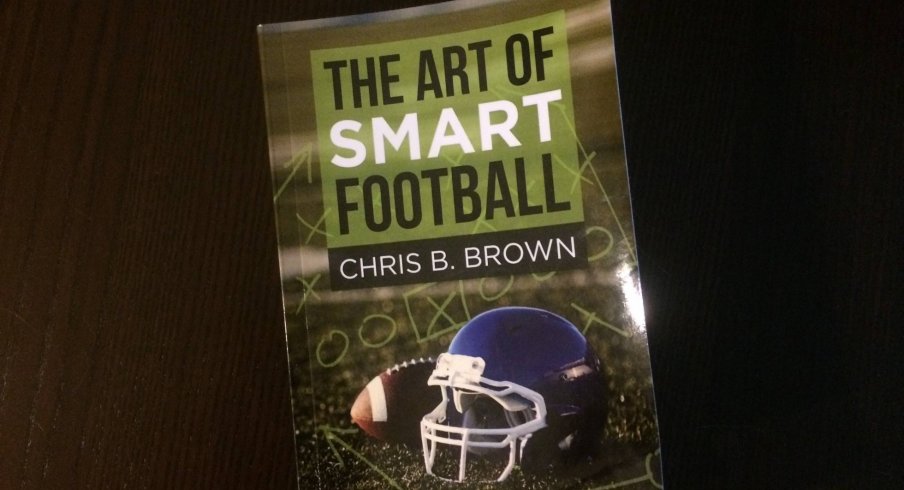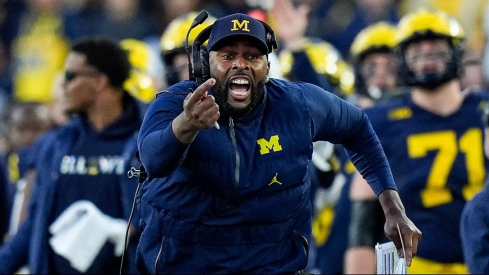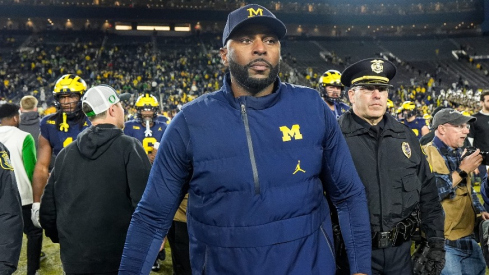The world is full of smart people.
In today's media, many of those people make an attempt to inform their audience, often attempting the change long-held perceptions and beliefs. Although these writers, hosts, and featured guests are often tasked with sharing their expertise on a particular subject, they rarely seem to do so, even when backed up with substantial evidence.
Of all the major sports though, football is the most mysterious to the casual viewer, allowing misinformation and general confusion to often rule the day.
While the internet has allowed coaches to connect much more easily, with endless video and playbooks now available with just a few key strokes, one purveyor of information has long been considered the leader in the football information revolution.While the political, business, and art worlds have long embraced debate in their own unique ways, perhaps no group holds onto views as rigidly as the sports world.
Due in part to our naturally tribalistic approach and the constant echo chamber that can eventually make any argument seem like a good one, sports fans are often see things far differently than those on the field.
Chris B. Brown has run Smartfootball.com for years, and has written for Yahoo!, the New York Times, and now can regularly be found on Grantland. But his influence can be seen in virtually every article that countless writers (including this author) on the web produce, as his work is so regularly linked or referenced that he has become a bit of a cult figure for football nerds.
But while Brown's knowledge of the game and its history is evident almost immediately when reading his work, what sets him apart from nearly every other writer in the space is his ability to wrap the raw information in a narrative. In this manner, Brown is able to connect with his audience by pairing an idea or concept that is often presented by diagram with a personal story, giving the reader a concrete scenario in which to apply the theory being discussed.
In recent years, Brown has transitioned from blogger to feature writer, paving the way for his second book, The Art of Smart Football. Released in July, the book is a collection of his best feature works over the past few years and focuses on many of the "trends" seen in both the pro and college games in that span.
Though it would seem practical or easy to categorize the content based on offense or defense, chronology, or the simple popularity of the featured coaches and players, Brown successfully arranges the presented concepts on top of one another, showcasing the real-life battle between coaches to gain an advantage.
The subjects also vary in terms of shape and size, ranging from Pete Carroll's evolving faith in a four-man defensive front, to the way the New England Patriots teach and call plays, to the roots of Auburn head coach Gus Malzahn's offense in the classic Wing-T system.
The Art of Smart Football is a perfect read for anyone looking to take their knowledge of the game up a notch, regardless of where it may currently be, as Brown tells each story with strokes both broad and fine. The takeaway for a casual fan in the chapter about Carroll may be the difference between a one-gap and two-gap philosophy, while a more hardcore fan might take away how each affects the coverage scheme called in the secondary.
Whether you want to feel a little more prepared for game-day debates this fall, or simply want to find a way to pass the time until the touchdowns and tailgates return, The Art of Smart Football is highly recommended.


